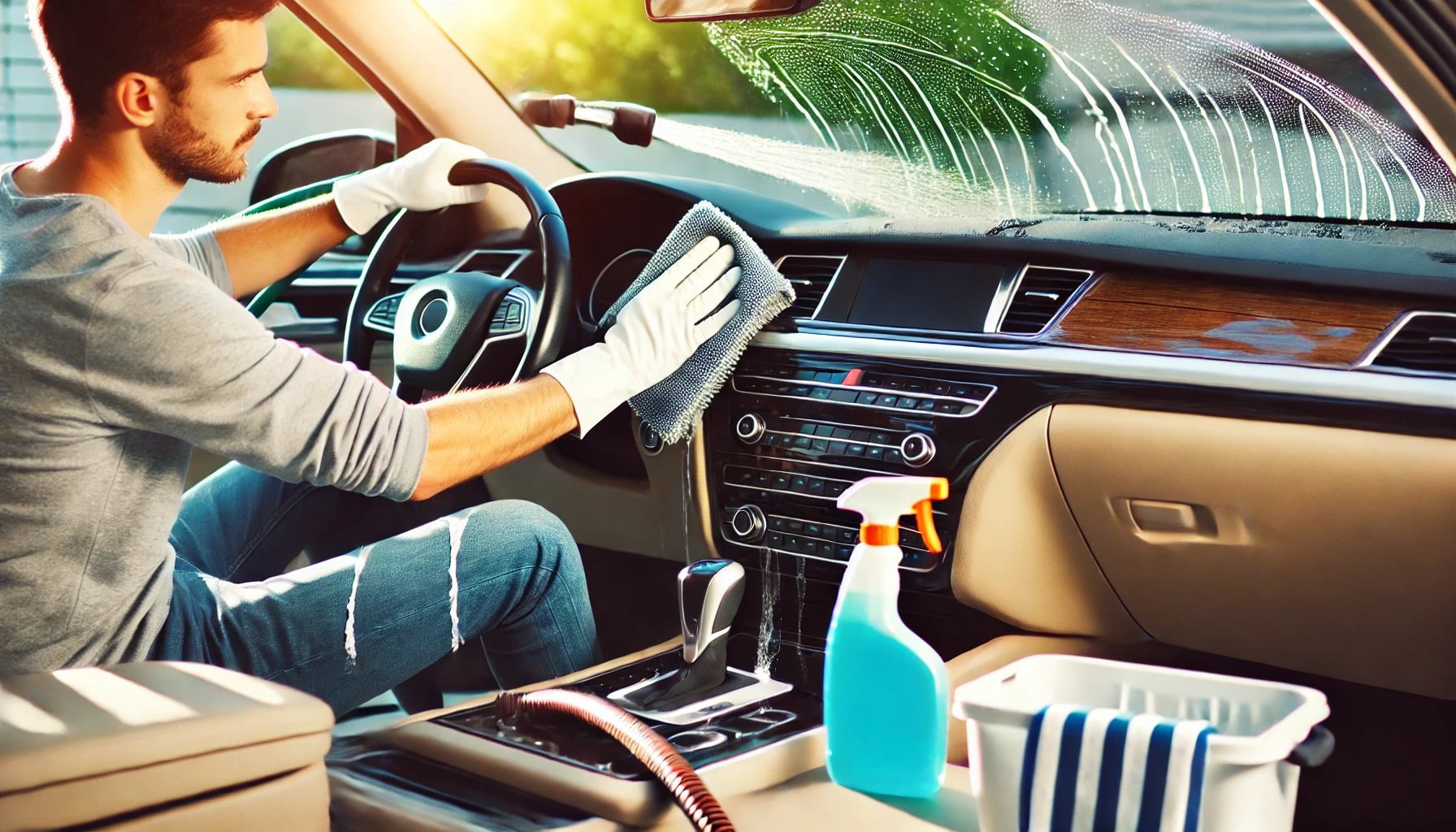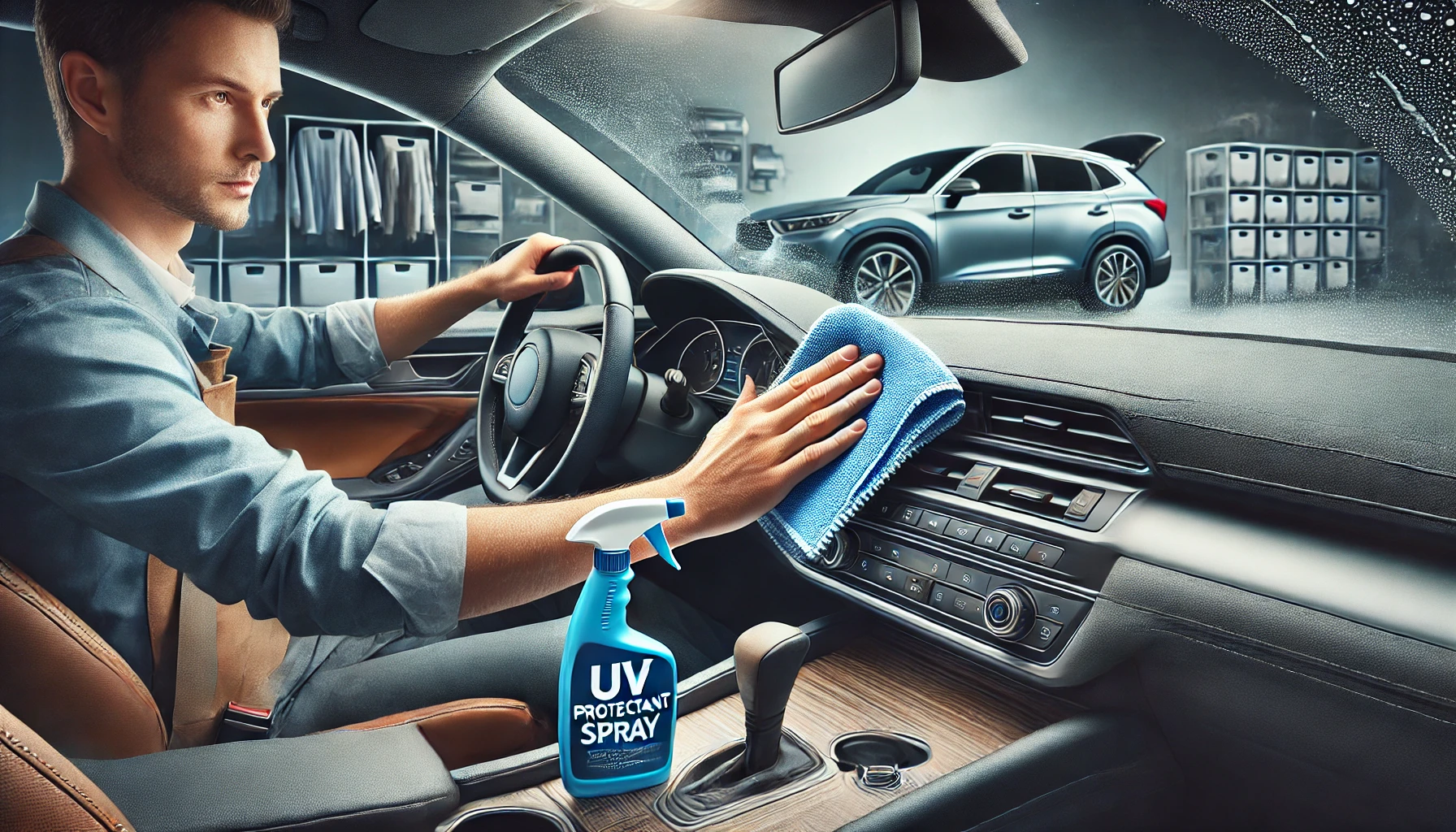A rough idling engine can be frustrating and may indicate underlying issues with your vehicle’s performance. An engine that shakes, stumbles, or has trouble maintaining a consistent idle can lead to poor fuel economy, rough driving, and even further engine damage if not addressed. This guide will help you diagnose and fix the problem causing your engine to idle roughly.
1. Check for Dirty or Faulty Spark Plugs
Spark plugs play a key role in igniting the fuel-air mixture in the engine. If they are dirty or faulty, they can cause a rough idle.
Signs of bad spark plugs:
- Rough idling or stuttering when the car is at a stop.
- Poor acceleration or misfires.
- Decreased fuel efficiency.
What to do:
- Inspect the spark plugs for signs of wear, carbon buildup, or corrosion.
- Replace spark plugs if they appear dirty or worn out (typically every 30,000 to 50,000 miles).
2. Inspect the Air Filter
A clogged air filter restricts airflow into the engine, disrupting the air-fuel mixture and causing rough idling.
Signs of a dirty air filter:
- Decreased engine performance.
- Visible dirt or debris in the filter.
- Decreased fuel efficiency.
What to do:
- Inspect and replace the air filter regularly (usually every 12,000 to 15,000 miles).
- A clean filter improves airflow and engine performance.
3. Check for Vacuum Leaks
Vacuum leaks occur when hoses or gaskets that carry air into the engine become cracked or disconnected. These leaks can lead to an incorrect air-fuel mixture and cause rough idling.
Signs of a vacuum leak:
- Hissing sound from the engine area.
- Erratic idle speed.
- Engine stalling or hesitation.
What to do:
- Inspect vacuum hoses for cracks or disconnections.
- Replace damaged hoses or gaskets to restore proper air intake.
4. Clean the Idle Air Control Valve (IAC)
The idle air control valve helps regulate the engine’s idle speed by controlling the amount of air bypassing the throttle plate. If it becomes dirty or clogged, it can cause a rough idle.
Signs of a faulty IAC valve:
- Erratic or rough idling when the car is in park or at a stoplight.
- Stalling when idling.
- Engine surging or fluctuating RPMs.
What to do:
- Clean or replace the IAC valve if necessary.
- Ensure the valve is functioning correctly by checking the engine’s idle when the car is in park.
5. Examine the Fuel System
Dirty or malfunctioning fuel injectors can lead to an uneven fuel supply to the engine, resulting in rough idling.
Signs of a fuel system problem:
- Hesitation when accelerating.
- Decreased engine performance or rough idle.
- Engine misfires or poor fuel efficiency.
What to do:
- Use a fuel system cleaner to clean fuel injectors.
- If the problem persists, have the fuel injectors professionally cleaned or replaced.
6. Check the Timing Belt or Chain
A worn-out or stretched timing belt/chain can cause the engine to run poorly and idle roughly.
Signs of timing belt/chain issues:
- Sputtering or rough engine operation.
- Unusual engine noise or backfiring.
- Decreased engine performance.
What to do:
- If the timing belt/chain is worn or loose, replace it according to the manufacturer’s schedule.
- Listen for unusual noises from the engine when it’s running to detect any timing issues.
7. Test the Mass Air Flow (MAF) Sensor
The mass air flow (MAF) sensor measures the amount of air entering the engine and helps the computer adjust the air-fuel ratio. A faulty MAF sensor can cause rough idling and poor engine performance.
Signs of a bad MAF sensor:
- Rough idling or stalling.
- Poor acceleration or hesitation when pressing the gas.
- Increased fuel consumption.
What to do:
- Clean or replace the MAF sensor if it’s dirty or malfunctioning.
- If cleaning doesn’t work, have the sensor tested or replaced.
8. Check the Fuel Pressure Regulator
The fuel pressure regulator maintains the correct fuel pressure to the engine. If it’s malfunctioning, it can cause rough idling and poor engine performance.
Signs of a faulty fuel pressure regulator:
- Fluctuating idle or rough idle when the car is stopped.
- Fuel smell from the engine or exhaust.
- Black smoke coming from the exhaust.
What to do:
- Have the fuel pressure regulator tested and replaced if necessary.
- Regular maintenance of the fuel system helps prevent this issue.
9. Inspect the Throttle Body
The throttle body controls the amount of air entering the engine based on your throttle input. If it’s dirty or malfunctioning, it can cause rough idling.
Signs of a dirty throttle body:
- Uneven idle speed or stalling at stops.
- Poor acceleration.
- Poor fuel efficiency.
What to do:
- Clean the throttle body with an appropriate cleaner to remove carbon buildup.
- If cleaning doesn’t help, have the throttle body inspected and replaced if necessary.
10. Reset the Engine Control Unit (ECU)
Sometimes, the ECU may require a reset to clear any faulty settings or codes causing rough idling.
How to reset the ECU:
- Disconnect the battery for 10-15 minutes to reset the ECU.
- Reconnect the battery and test if the idling issue is resolved.
- If the problem persists, further diagnostics may be needed.
Final Thoughts
Rough idling can be caused by a variety of factors, from simple issues like dirty spark plugs to more complex problems like a failing fuel pressure regulator. Regular maintenance and timely repairs are essential to keeping your engine running smoothly. If your car continues to idle roughly after addressing common causes, it may be time for a professional diagnosis.


